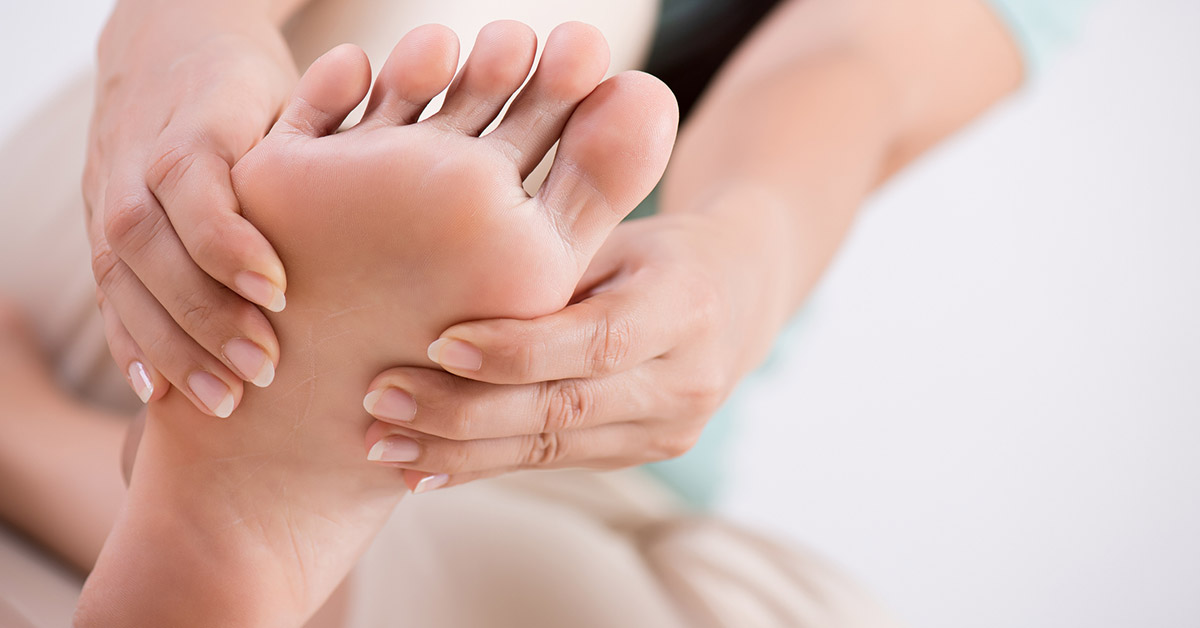In today’s workforce, too many people are sitting at a desk all day long. When you reduce sedentary time, you can improve your physical, metabolic and mental health. So consider sitting less and standing more with a stand-up desk.
Benefits of a standing desk
A standing desk is not going to help with weight loss or avoid weight gain. But there are benefits that researchers have identified:
- Standing instead of sitting may reduce the risk of shoulder and back pain.
- Blood sugar levels return to normal faster after a meal when on days when people spend more time standing than sitting.
Other potential health benefits have not been proven. Instead, they are assumed based on research that shows that long hours of sitting are linked to a higher risk of obesity, diabetes, cardiovascular disease, cancer (especially colon or breast cancer) and premature death. More research into the health benefits of standing desks must be conducted to confirm their real health impact.
Standing desk recommendations
Before you buy a standing desk, have realistic expectations of its benefits and ease into its use. Here are some suggestions:
- Start using the standing desk 30-to-60 minutes a day and gradually increase it.
- Set a timer to remind you when to stand or sit.
- Experiment with different time intervals to find one that works for you.
- Determine which tasks you can do standing up.
A standing desk isn’t right for everyone. It depends on the type of work you do, your work style, and your personality. But it might benefit you. There’s no harm in trying a standing desk. Just follow the recommendations so you don’t end up with any “side effects” of this intervention.














